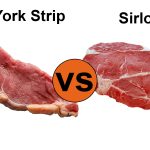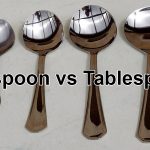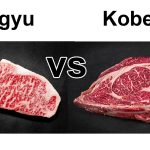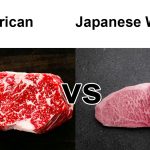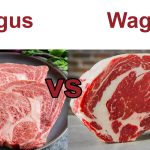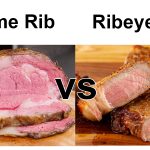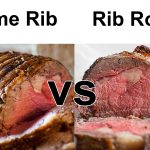Nothing compares to the rich and succulent flavor of ribs prepared over a smoldering barbecue. Whether you prefer beef back ribs or short ribs, you can’t go wrong with either cut – both are sure to offer amazing taste that will keep your family and guests coming back for more.
From the texture of smoked-tender ribs coated in sticky BBQ sauce, to the contrasting flavors from rubs and spices used in marinades, there’s something special about these iconic cuts of meat.
In this blog post we’ll explore the differences between beef short ribs and beef back ribs including which one tastes better so you can decide which type works best for your next grilling adventure!
What Are Beef Back Ribs?
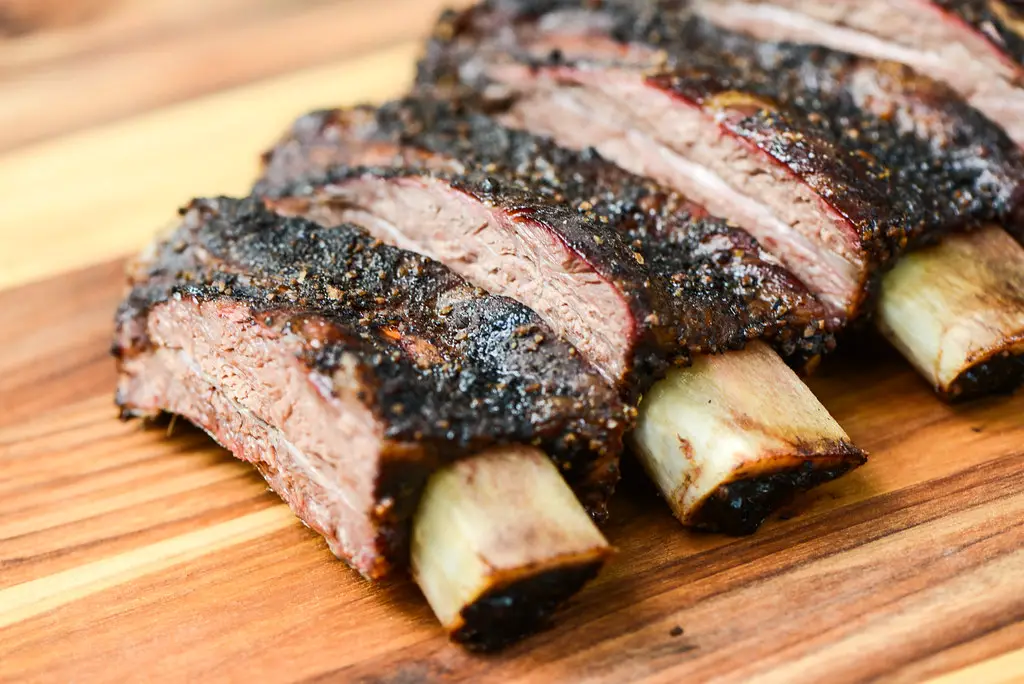
Beef back ribs come from the rib primal cut near the plate of a cow. They are made up of meaty bones with some marbling and fat, as well as a small amount of connective tissue. When cooked properly, they can be tender and juicy with an intense beef flavor.
Beef Back Ribs Nutrition Facts:
Serving Size: 3 oz (84 g)
Calories: 160
Fat: 8 g
Cholesterol: 40 mg
Sodium: 95 mg
Carbohydrates: 0 g
Protein: 22 g
Vitamin A: 0% DV
Vitamin C : 0% DV
Calcium : 2 % DV
Iron : 4 % DV
Beef Back Ribs are an excellent source of protein. They are also high in B vitamins, including B12 and Niacin. Additionally, they contain small amounts of selenium, zinc, phosphorus, and magnesium. While beef back ribs do contain fat, most of the fat is healthy monounsaturated and polyunsaturated fats.
What Are Beef Short Ribs?
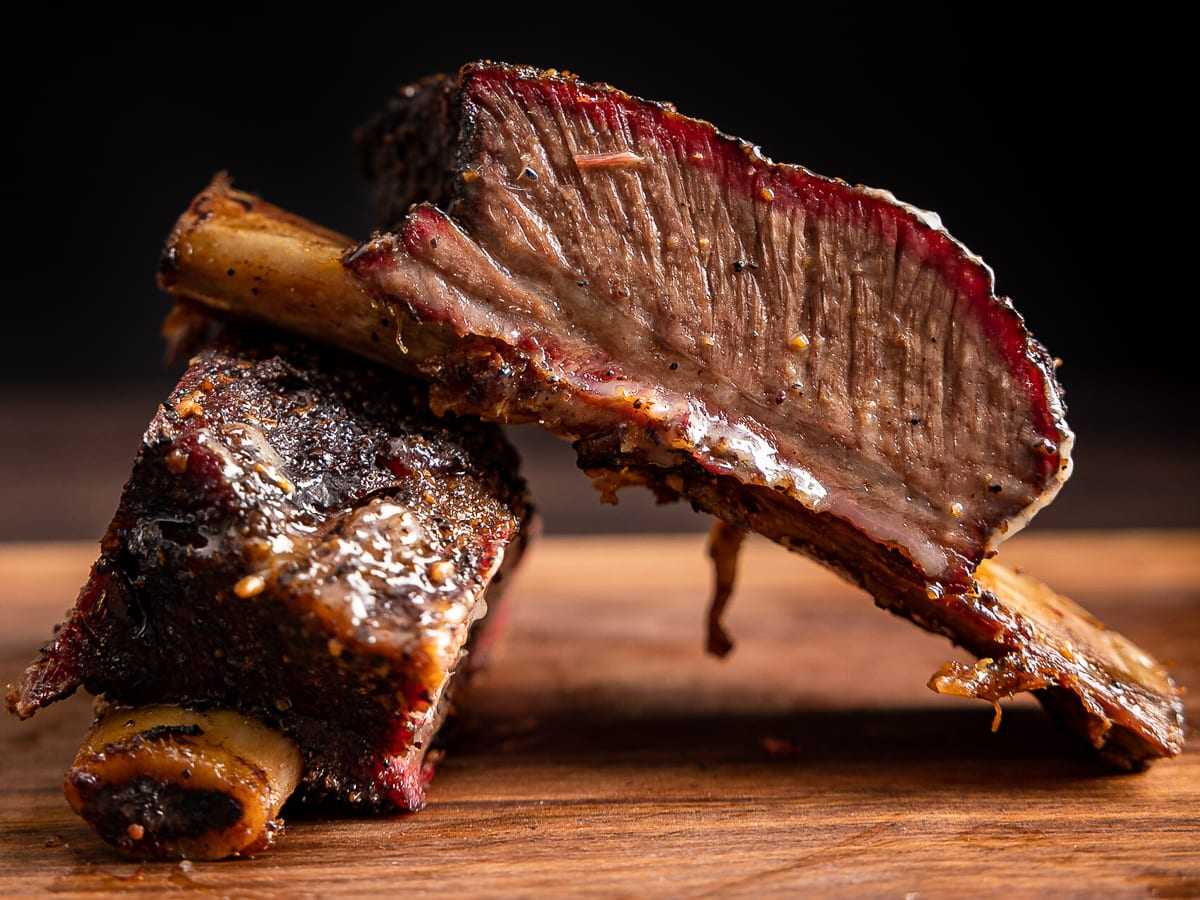
Beef short ribs are cut from the lower chest or breast area of a cow. They have more fat than back ribs, as well as connective tissues that break down while cooking to add extra juiciness and flavor to your meal. These cuts are usually thicker than back ribs making them ideal for braising and slow-cooking methods which helps promote succulent tenderness.
Beef Short Ribs Nutrition Facts:
Serving Size: 3 oz (84 g)
Calories: 275
Fat: 20 g
Cholesterol: 75 mg
Sodium: 80 mg
Carbohydrates: 0 g
Protein: 21 g
Vitamin A : 0% DV
Vitamin C : 0% DV
Calcium : 2 % DV
Iron : 6 % DV
Beef Short Ribs are an excellent source of protein and contain a good amount of B vitamins, including B12 and Niacin. Additionally, they also provide small amounts of selenium, zinc, phosphorus, and magnesium. While beef short ribs do contain fat, most of the fat is healthy monounsaturated and polyunsaturated fats. Additionally, they are higher in calories than Beef Back Ribs.
Beef Short Ribs are a flavorful and satisfying cut of meat that can be prepared in a variety of ways. They are best served slow cooked or grilled to bring out their full flavor. When cooking short ribs, it is important to ensure that the meat is cooked thoroughly as undercooked beef can pose a risk of foodborne illness.
Beef Back Ribs vs. Short Ribs: What’s the Difference?
When comparing beef back ribs and short ribs, the biggest difference between them is their size, fat content, and cooking time. Beef back ribs are smaller than beef short ribs with a higher amount of lean meat while beef short ribs contain more fat and connective tissue. This means that short ribs require a longer cook time to ensure they reach the desired level of tenderness.
5 Difference Between Beef Back Ribs vs. Short Ribs:
1. Size: Beef back ribs are thinner than beef short ribs.
2. Fat Content: Beef short ribs have a higher fat content than beef back ribs.
3. Texture: Beef back ribs can be tender and juicy when cooked properly, while beef short ribs tend to be more succulent due to their high fat content and slow cooking method.
4. Cooking Time: Beef back ribs require less cook time than beef short ribs as they contain less fat and connective tissue that needs to break down during the cooking process.
5. Flavor Profile: Both cuts of beef offer different flavor profiles with the leaner meat in back ribs providing an intense beef flavor while the fattier short ribs offering a richer, fuller flavor.
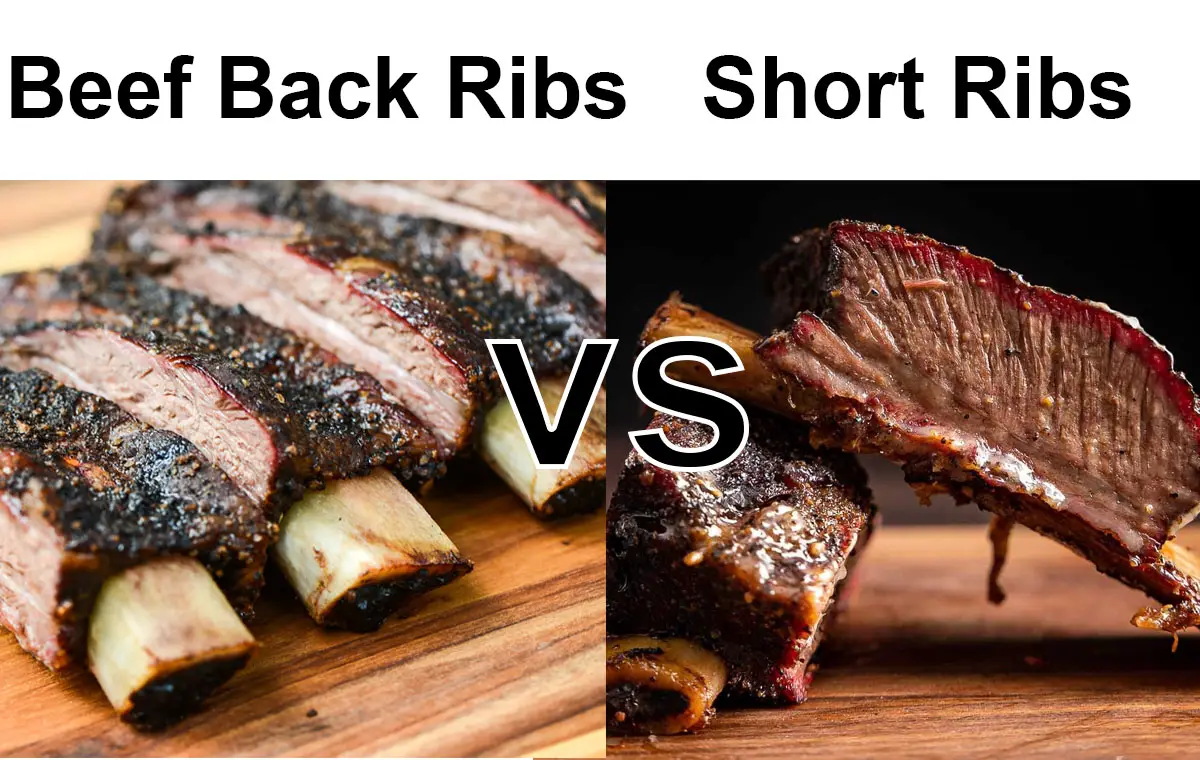
Similarities of Beef Back Ribs vs Short Ribs:
Although beef back ribs and short ribs each have their own unique characteristics, they also share similar traits. Both cuts of beef are an excellent source of protein and B vitamins, including B12 and Niacin. Additionally, both contain small amounts of minerals such as selenium, zinc, phosphorus, and magnesium.
1. Nutrition Content: Both cuts of beef provide an excellent source of protein and are rich in vitamins B12 and Niacin, as well as small amounts of selenium, zinc, phosphorus, and magnesium.
2. Cuts From the Same Primal Cut: Both beef back ribs and short ribs come from the same primal cut near the plate of a cow.
3. Variety of Preparation Methods: Both cuts of beef can be prepared using a variety of cooking methods such as grilling, smoking, roasting or braising for more succulence.
Which Type of Ribs Taste Better?
When it comes to taste, both types of beef ribs are delicious and can be prepared in a variety of ways to maximize flavor. However, many people think short ribs are more flavorful due to their higher fat content and connective tissue which adds extra juiciness and flavor. But, it’s also important to note that back ribs have less fat for those who prefer a leaner cut of meat. So both types of rib offer delicious flavors that you can experiment with depending on your preference.
How Beef Ribs Are Cut?
Beef rib cuts can be divided into two categories: back ribs and short ribs. Back ribs are cut from the rib primal near the plate of a cow while short ribs come from the lower chest or breast area closer to the flank. The difference between these two types of rib is that back ribs have less fat than short ribs and require less cook time due to their thinness.
Cooking Tips For Perfect Beef Back Ribs vs Short Ribs:
Beef back ribs and short ribs can both be prepared in a variety of ways to maximize flavor. When it comes to cooking beef back ribs, grilling or smoking are great options as this helps promote tenderness and juiciness.
For short ribs, braising is the best option as the long cook time ensures that the connective tissues break down fully giving you succulent flavorful meat.
Regardless of which type of rib you choose, using a good quality seasoning blend will help enhance the flavors even further. To ensure food safety when cooking beef ribs, it is important to ensure that they reach an internal temperature of 145°F (62°C).
FQAs Beef Back Ribs vs Short Ribs
Can you substitute beef back ribs for short ribs?
Yes, you can substitute beef back ribs for short ribs. However, it is important to note that the cook time and tenderness of the meat will be affected as back ribs are thinner than short ribs and contain less fat.
Are beef short ribs healthy?
Yes, beef short ribs are a healthy source of protein and provide good amounts of vitamins B12 and Niacin, as well as small amounts of selenium, zinc, phosphorus, and magnesium. Additionally, they contain mostly monounsaturated and polyunsaturated fats which are beneficial for health.
Are beef ribs good for weight loss?
Yes, beef ribs can be included in a healthy weight loss diet. While they contain some fat, most of it is healthy monounsaturated and polyunsaturated fats which promote satiety. Additionally, the high protein content helps to build muscle mass which aids in weight loss. However, it is important to keep portion size in check as beef ribs can be higher in calories than other cuts of meat.
Are beef back ribs good?
Yes, beef back ribs are a good cut of meat. They provide an intense beef flavor and are leaner than short ribs which makes them a great option for those who prefer a leaner cut. Additionally, they can be cooked quickly using methods such as grilling or smoking to bring out their full flavor. Beef back ribs can also be included in a healthy diet due to the monounsaturated and polyunsaturated fats they contain. However, it is important to keep portion size in check as they may be higher in calories than other cuts of meat.
Are beef short ribs expensive?
Yes, beef short ribs can be more expensive than other cuts of beef due to their high fat content and slow cooking method. Additionally, they require more time to prepare and cook which can also add to the cost. However, as their flavor is intense and they are often more succulent than other cuts of meat, many people find that the extra cost is worth it for a delicious meal. For those looking for ways to save money on beef short ribs, opting for a pre-marinated or pre-seasoned version can be an excellent way to reduce costs while still enjoying good quality meat. It is also important to look out for specials at your local butcher or grocer as these can offer savings when buying in bulk.
What is the best kind of beef ribs to cook?
The best kind of beef ribs to cook depends on your personal preference and what method you are using. If you prefer a leaner cut, then beef back ribs are the optimal choice as they contain less fat than short ribs. However, if you’re looking for an intensely flavored, juicy piece of meat then short ribs may be the better option. Regardless of which type of rib you choose, it is important to use a good quality seasoning blend and ensure that the internal temperature reaches 145°F (62°C) to ensure food safety. Additionally, different cooking methods such as grilling, smoking, roasting or braising can be used depending on your preferences.
Are beef ribs good for grilling?
Yes, beef ribs are great for grilling as this helps promote tenderness and juiciness while adding a delicious smoky flavor. When preparing the ribs, applying a dry rub seasoning blend or marinade beforehand will help enhance the flavor even further. Additionally, keeping an eye on the internal temperature (145°F/62°C) during cooking is important to ensure food safety. For best results, try using indirect heat when grilling beef ribs so that they cook evenly without burning or drying out.
Are beef back ribs tough?
No, beef back ribs are not typically tough. As they are a thinner cut of meat, they require less cook time and don’t need to be cooked as long as short ribs to achieve tenderness. Additionally, marinating or rubbing them with a seasoning blend beforehand can help add flavor and improve the texture. However, it is important to keep an eye on the internal temperature (145°F/62°C) during cooking to ensure food safety. To further enhance the tenderness, try grilling or smoking the ribs instead of roasting or braising which may make them tougher if cooked for too long. Lastly, slicing the ribs into individual portions before serving will also ensure that each piece is cooked through evenly.
Conclusion
Beef back ribs and short ribs can offer different levels of taste and textures. Those wanting a more succulent, smoky flavor could opt for beef back ribs, while those looking for something slightly tougher resembling more of shredded meat should definitely invest in short ribs.
Both are excellent sources of nutrition, and depending on the skill level of the chef, either offering an enjoyable and distinctive dish. As both require slow and low cooking temperatures to obtain the desired final finish product, careful selection is needed for any recipe that wants to be remembered.

William Lariviere is a chef and restaurateur with over 25 years of experience in the food industry. He is the owner and operator of Swartzsdeli.com, an online restaurant that specializes in gourmet sandwiches and salads, grill & smoke. He likes to share experience, food, recipes cooking knowledge as well as reviews about restaurant and kitchen products.
William’s goal is to provide his customers with healthy, delicious food that is also affordable and develop Swartzsdeli.com into a comprehensive information site specializing in cooking and cuisine to a new level to help reach a wide range of housewives and readers.


